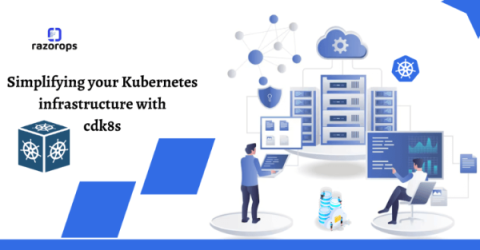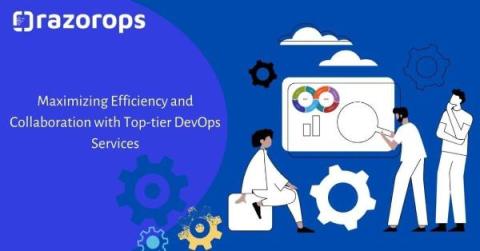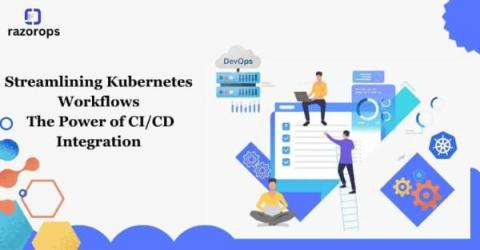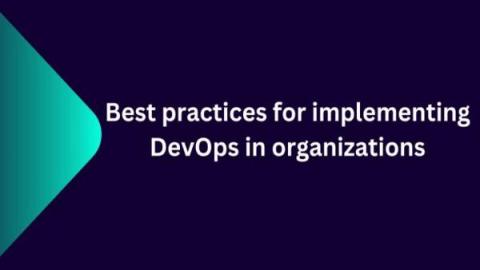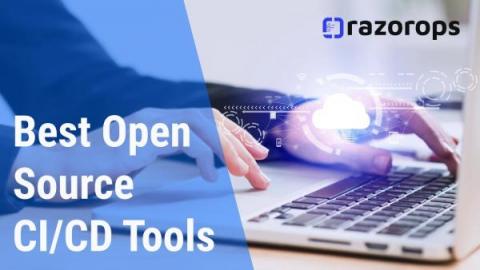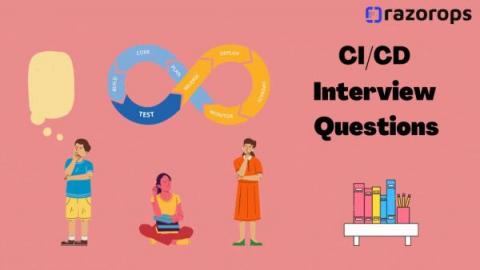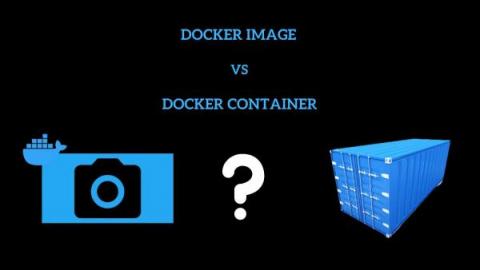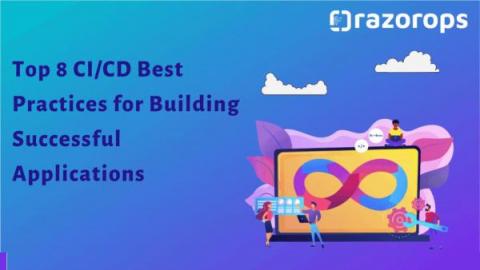Simplifying your Kubernetes infrastructure with cdk8s
Kubernetes has become the backbone of modern container orchestration, enabling seamless deployment and management of containerized applications. However, as applications grow in complexity, so do the challenges of managing their Kubernetes infrastructure. Enter cdk8s, a revolutionary toolset that transforms Kubernetes configuration into a developer-friendly experience.


